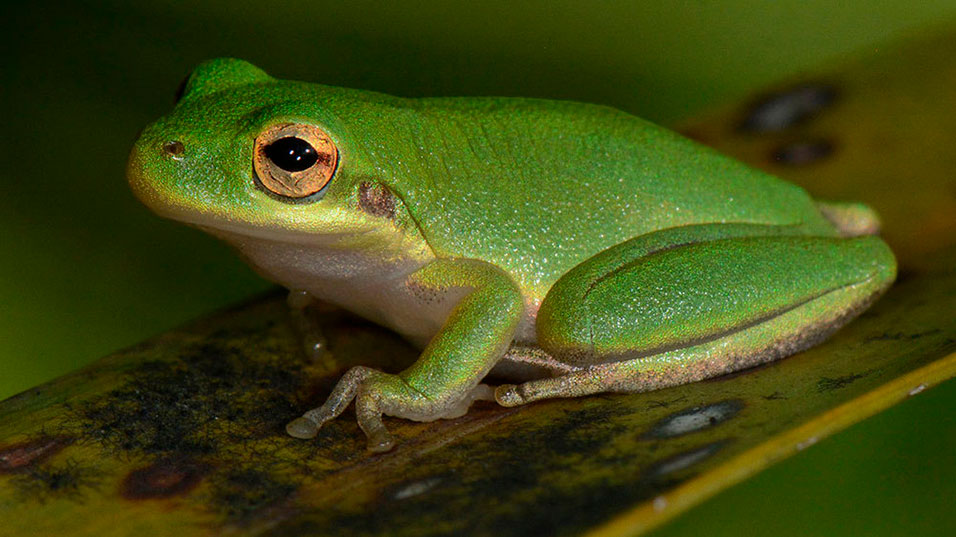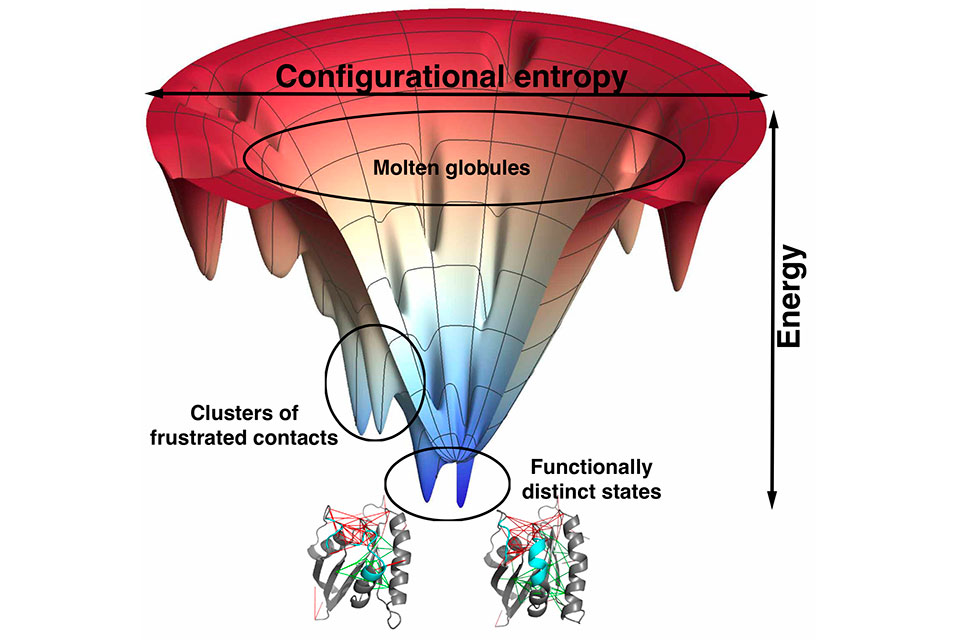NOTRE DAME, IN.- Changes in climate can increase infectious disease risk in animals, researchers found — with the possibility that these diseases could spread to humans, they warn.
The study, conducted by scientists at the
University of Notre Dame, University of South Florida and University of Wisconsin-Madison, supports a phenomenon known as “thermal mismatch hypothesis,” which is the idea that the greatest risk for infectious disease in cold climate-adapted animals – such as polar bears – occurs as temperatures rise, while the risk for animals living in warmer climates occurs as temperatures fall.
The hypothesis proposes that smaller organisms like pathogens function across a wider range of temperatures than larger organisms, such as hosts or animals.
“Understanding how the spread, severity and distribution of animal infectious diseases could change in the future has reached a new level of importance as a result of the global pandemic caused by SARS-CoV-2, a pathogen which appears to have originated from wildlife,” said Jason Rohr, co-author of the paper published in Science and the Ludmilla F., Stephen J. and Robert T. Galla College Professor and chair of the Department of Biological Sciences at Notre Dame. “Given that the majority of emerging infectious disease events have a wildlife origin, this is yet another reason to implement mitigation strategies to reduce climate change.”
The research team collected data from more than 7,000 surveys of different animal host-parasite systems across all seven continents to provide a diverse representation of animals and their pathogens in both aquatic and terrestrial environments. The study showed that pathogens found at warm locations outperform their animal hosts during cool weather as warm-adapted animals perform poorly. Similarly, pathogens found at cool locations thrive at warm temperatures, while cold-adapted animals are less tolerant of the heat.
Researchers also collected historical temperature and precipitation records at the time and location of each survey, and long-term climate data for each location to understand how temperature affected animal disease risk in different climates, and how these patterns varied depending on traits of animals and pathogens. The study also revealed that cold-blooded animals tended to offer stronger support for the thermal mismatch hypothesis than warm-blooded animals.
Next, they coupled their models to global climate change projections to predict where the risk of animal infectious diseases might change the most. The analysis suggests that global warming will likely shift infectious disease away from the equator, with decreases of animal infectious diseases in the lowland tropics and increases in the highland tropics, temperate and cooler regions of the planet.
“When each pathogen species was given equal weight, the predicted increases in infectious disease at cooler locations outweighed the decreases at warmer locations, potentially suggesting a net increase in animal infectious diseases with climate change,” said Rohr, who is also an affiliated member of the Notre Dame Environmental Change Initiative and the Eck Institute for Global Health.
As for next steps, Rohr says the researchers aim to evaluate whether similar patterns exist for human and plant diseases, the latter of which could have implications for food security.
Co-authors on the study are Erin Sauer of South Florida and Wisconsin-Madison, and Olivia Santiago and Samuel Spencer of South Florida. The study was funded by the National Science Foundation and the National Institutes of Health.










